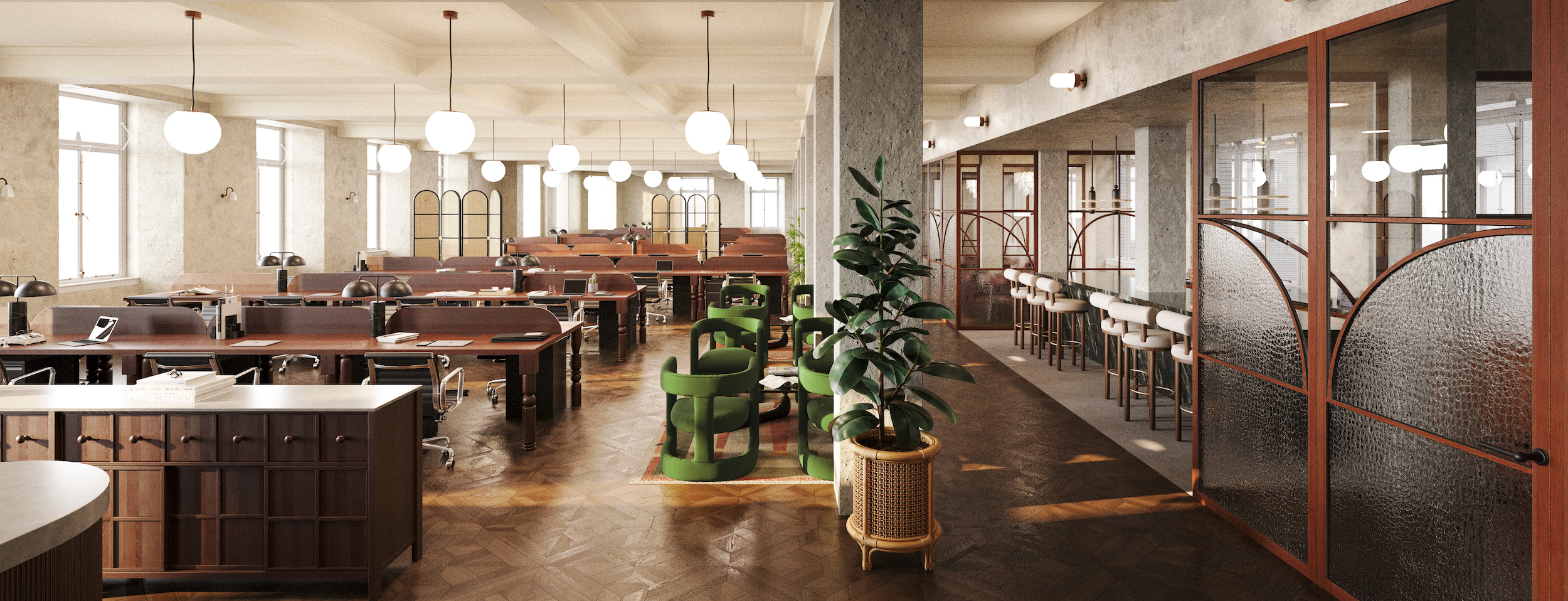The future of the office isn’t at stake, but workspaces need to embrace great design to make the hybrid model worthwhile
“Over the last few years, we have all proved to ourselves that remote working is totally feasible but not always optimal,” says Sam Lawson Johnston, a co-founder of Kinrise, a hybrid office firm. For Lawson Johnston and his team, a more balanced approach to remote working against time spent in the office is generally better for collaboration, innovation and training, tenets of corporate life that tend not to work as well “in a screen context,” he says. However, candidly identifying as “not a Zoom hater,” Lawson Johnston tells Effect that his team work remotely a couple of days a week. They use their days at home for deep work and concentration, relying on the office for the kind of conversations that catalyse these elusive innovations that, apparently, are impossible to reach alone at the kitchen table.
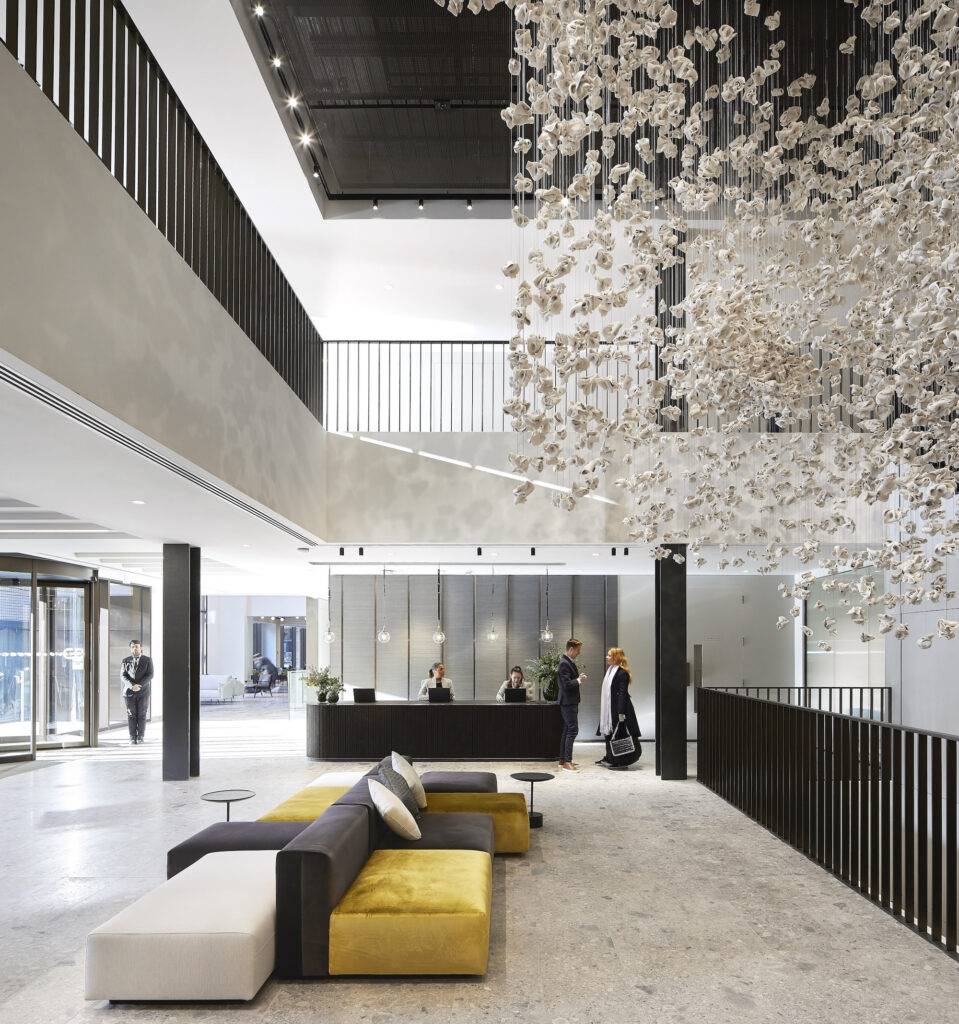
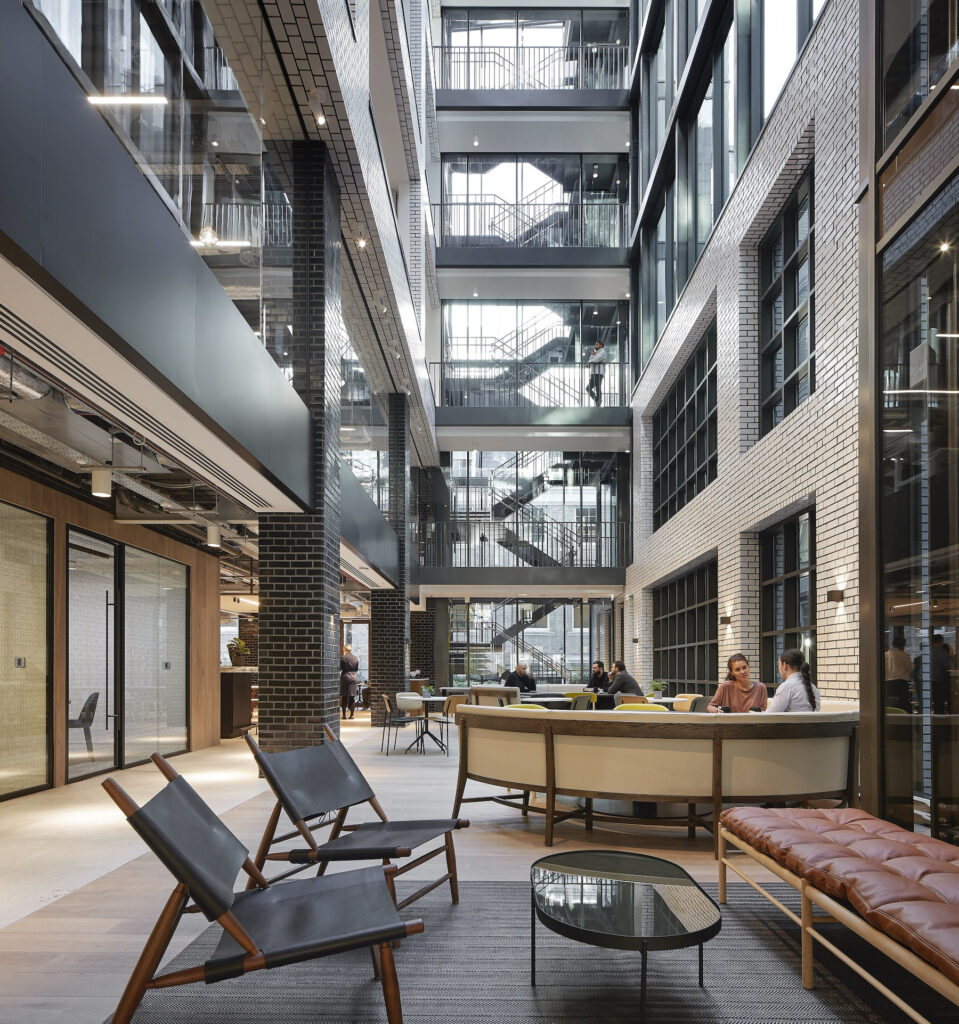
But what if these energising meetings of minds aren’t enough to coax employees back into the office? Founders and business owners need to do more to will their teams to return, deferring instead to great design (and great coffee) to make the office-first proposition worthwhile. “COVID-19 didn’t signal the death of the office,” Lawson Johnston says, “simply the death of the bad office.”
COVID-19 didn’t signal the death of the office, simply the death of the bad office.”
Sam Lawson Johnston, co-founder of Kinrise
This view is shared by Linda Morey-Burrows, founder and principal director of MoreySmith, the design and architecture studio behind workspaces for Asos, LVMH, CBRE, and most recently, Sony Music. “It doesn’t worry me that people don’t want to come into offices as much as they did before the pandemic,” she says. “Offices will always exist. They will be smaller and more unique. They just need to perform better and be more appealing for employees across every sector,” she adds, citing the many amenities available to the employees at real estate and investment firm, CBRE’s Henrietta House, a stone’s throw from London’s Bond Street station. “With a fitness studio, a large cafe, a deli-style restaurant, a library and, crucially, inspiring, light, architectural design, we transformed Henrietta House, and with it, the culture of the company,” says Morey-Burrows. She notes that “the people who work there are so smiley. You can tell they feel great in the building.”
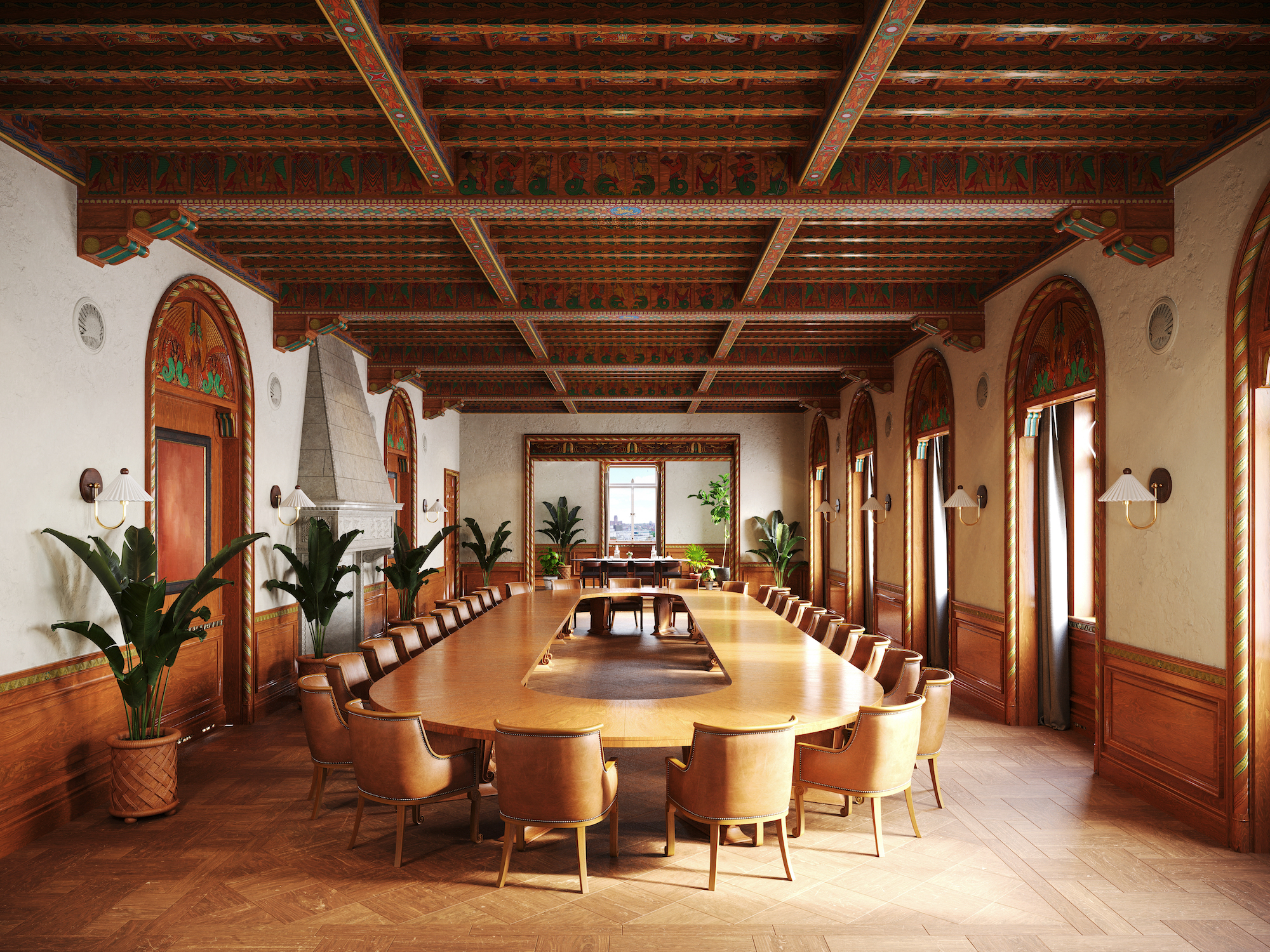
For both Morey-Burrows and Lawson Johnston, the interior design of an office space plays a crucial role in the way a company functions, and more importantly, how performance and growth are impacted. “When it comes to the physical design of an office, Lawson Johnston says, “there are still companies that just want a big white room, but more and more companies are seeing that low-rise, characterful buildings with great interior design will help attract and retain talent.”
Kinrise’s incipient landmark project, Martins Bank in Liverpool, is a prime example of this; it is a Grade II listed, classical interwar building, conjured sympathetically from its past life as a city bank into a palatial coalescence of offices. Lawson Johnston and his team are recovering original architectural detailing and specifying ostensibly non-corporate furniture to preserve the building’s retro appeal for launch in 2024, untouched as it is by corporate specifiers with their futuristic wheely chairs and grey carpet tiles.

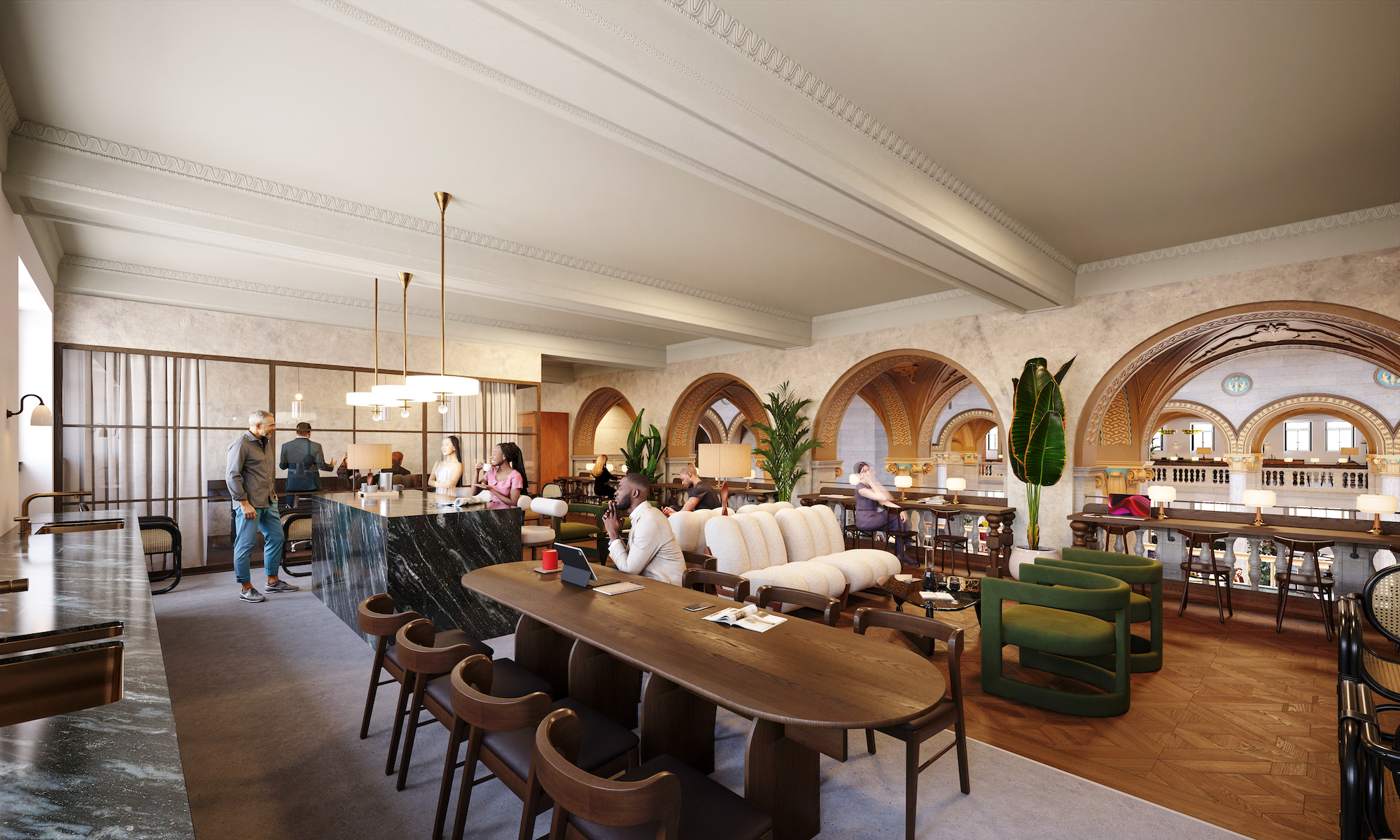
Perhaps it’s unsurprising to hear that, at the top of the office design market where MoreySmith and Kinrise sit, commercial briefs haven’t really changed since the dawn of the pandemic. Morey-Burrows tells me that her project at Henrietta House began two years before the pandemic even began and that the brief was untouched on completion of the new workspaces. “I don’t think I’ve ever designed an office that actually looked like one in the traditional sense,” she explains. Morey-Burrows had an early conception of the office as a place to cater to the different needs of unique employees who work in diverse ways. She has pioneered this approach in commercial design ever since, having suffered the “grey rows of unexciting desks” early in her career in design studios. “That has to be what it’s all about – feel-good factor,” she says. “I hate the traditional corporate, city-working aesthetic. It’s uncomfortable and ugly. I want beautiful, inspiring things around me, and that’s nothing particularly new.”
“We have always designed offices with what is now considered a post-COVID model,” says Lawson Johnston in turn. “They tend to be characterised by lots of different working environments and strong nods towards more residential design principles,” he adds. “Traditional office cubicles don’t really leave room for residential features,” he says, name-checking softer finishes, lower, more delicate lighting and vintage furniture, which are popular with Kinrise’s workspace tenants and easier to integrate into offices with more flexible layouts.
For Morey-Burrows, while the future of office design could be said to centre on the optimisation of each space with Zoom-friendly soundproofing and so on, residential design principles are increasingly valuable in her commercial projects, too. “There is an enduring emphasis at the very finest examples of high-performing offices on art and propping, much as there is at home,” she says. She feels the modern office must offer employees a semblance of life at home more than it has ever dared to before.
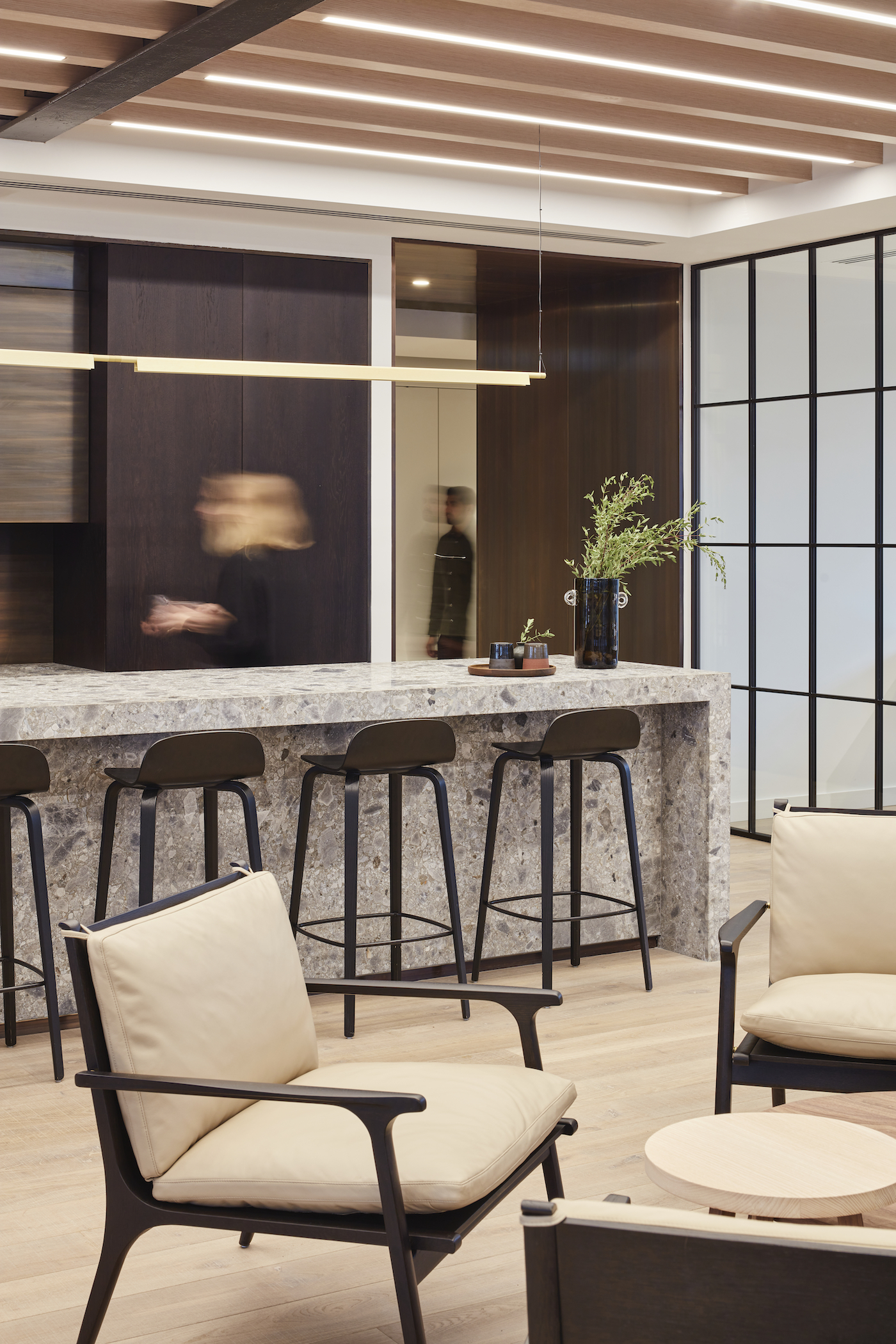
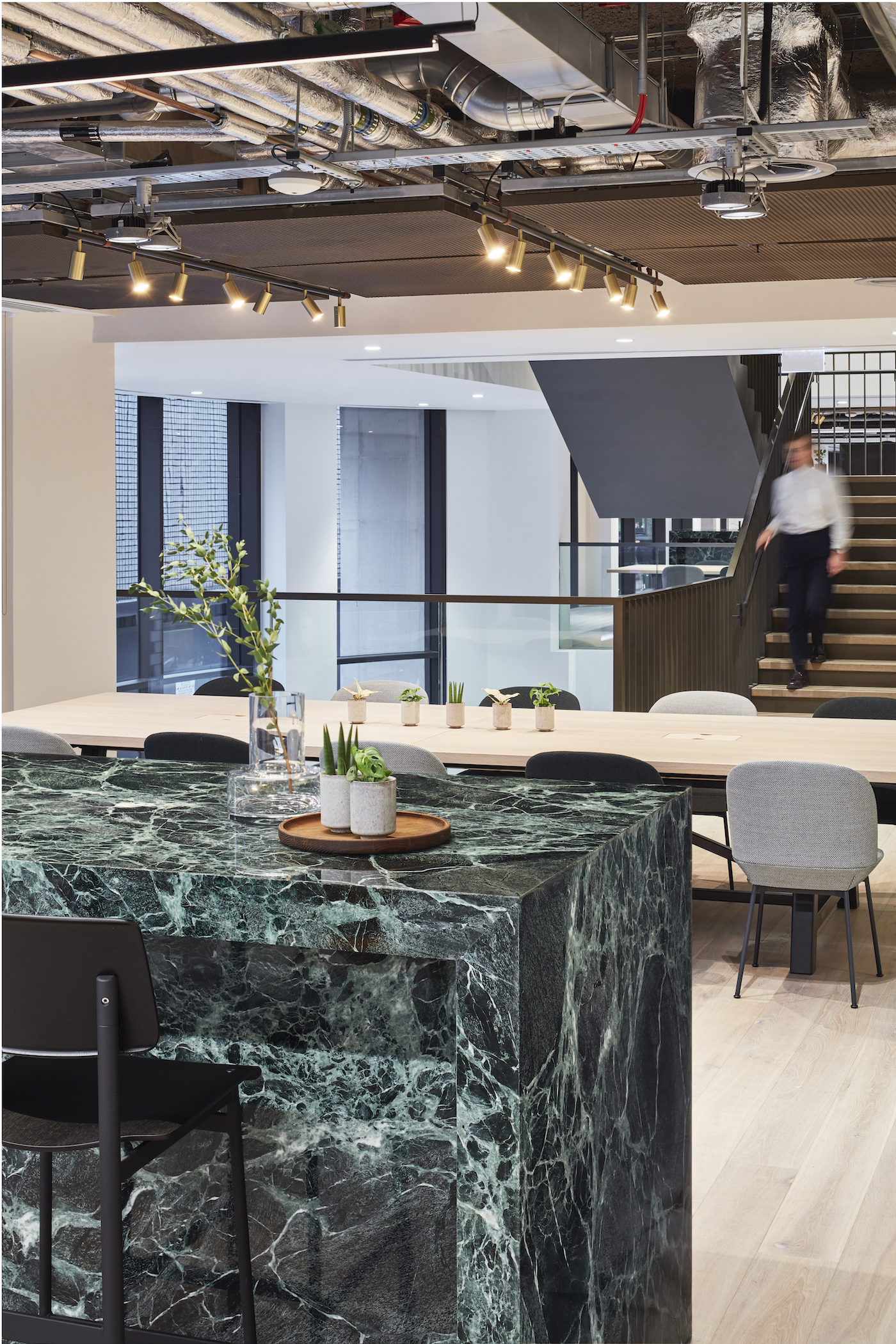

“It comes down to how commercial your working environment feels,” says Lawson Johnston. Where Kinrise’s co-working projects are concerned, the firm’s design team is sensitive to the many companies operating under their roofs, each with distinct brand identities that they must have the freedom to express. “At some branded co-working spaces, tenant companies can feel crowded out by the obviousness of the property’s branding in the cafes and meeting rooms, which can be intrusive visually and ideologically,” he says. In an age in which we avoid chain hotels in favour of Airbnbs, multinational coffee companies in favour of independent cafes and big brand beers in favour of craft lagers in our personal lives, it’s inevitable that employees will want the same from their professional lives. “This is why, in a Kinrise property, you won’t find our logo anywhere,” he says.
At many of MoreySmith’s commercial projects, Morey-Burrows has almost micro-dosed the natural world to her clients’ employees to give them a sense that their home lives can be reflected in their professional lives. “Over the last 10 years, and even more so throughout the lockdowns, people have discovered that they want to be closer to nature,” she says. “Walking in local parks and spending time outside to see our friends and families made many of us realise how important it is to feel connected to nature, so coming back to the office, we didn’t want employees to have to compromise,” she adds.
On the first floor at Henrietta House, Morey-Burrows planted a wildflower garden to attract birds and bees. “When you’re standing out there, it’s hard to believe you’re in central London,” she says, “let alone in an office.”
Effect Magazine is brought to you by Effetto



